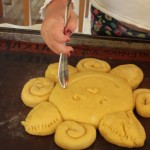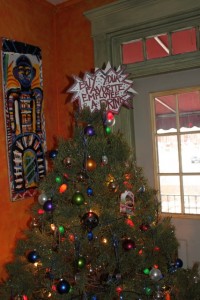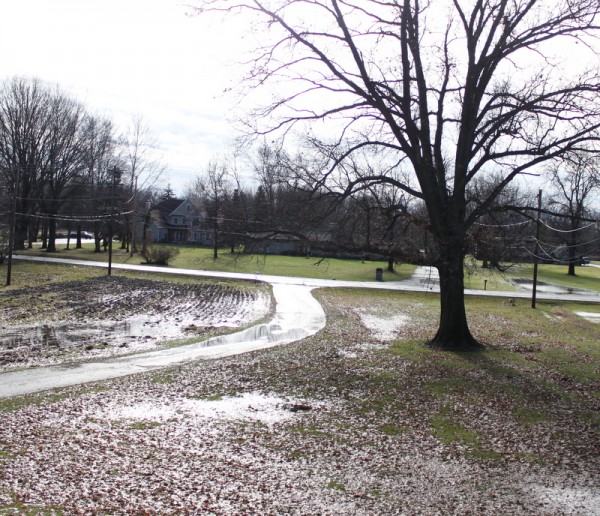 On the first day of winter 2013, central Ohio was subject to flood watches. Our property developed two temporary ponds and two whole acres of mud as several inches of rain melted four inches of snow. One of the ponded areas is where we plowed about a quarter acre of lawn for planting next year. The plan is to till it and fill in low spots with additional soil when the land dries but does not freeze. We may be waiting until spring for that chore.
On the first day of winter 2013, central Ohio was subject to flood watches. Our property developed two temporary ponds and two whole acres of mud as several inches of rain melted four inches of snow. One of the ponded areas is where we plowed about a quarter acre of lawn for planting next year. The plan is to till it and fill in low spots with additional soil when the land dries but does not freeze. We may be waiting until spring for that chore.
But the sun shone and heated the air to nearly 60 degrees during the afternoon. The sky was BLUE and the air felt like April. I was happily barefoot most of the day with windows open to air out the house. Thanks to the thawed earth, I was able to pull five pounds of sweet, anise-y parsnips to serve for Christmas Eve dinner. What a precious reprieve from the typical winter ick!
Alas, because of the long very cold spell in early December, the hoop house is nearly empty. A few plantings of greens are hanging on but not growing much. There are peas in the center I hoped to harvest; even though they aren't producing food, I'm leaving them as a green mulch.
I started the Seasonal Snaps project one year ago for Winter Solstice 2012. Our homestead isn't nearly grown to where I envision it but you can see some of the major changes. Our small orchard is planted, we have a hoop house for growing, the mudroom is built and insulated, and we're working on a bigger better vegetable plot.
Rain, snow, and sunshine all contribute to the food forest we tend. We are again thankful for the turning of the seasons that hearkens us to look back at where we've come and set our intentions for the future.

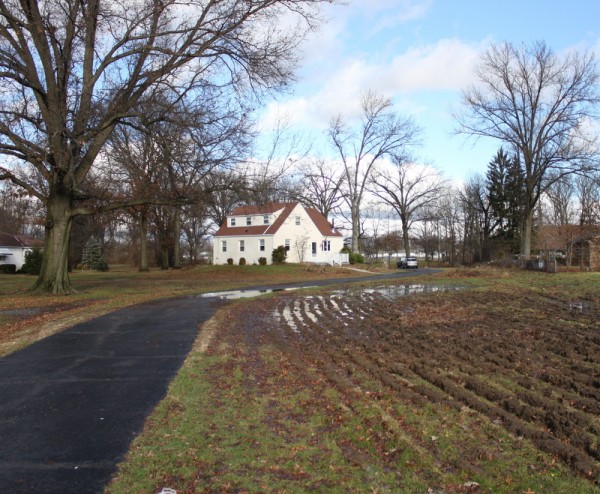
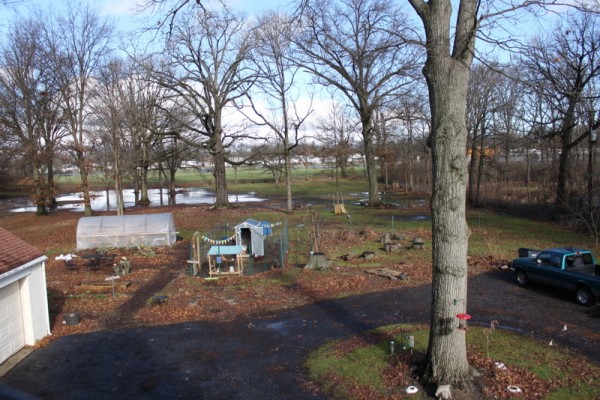
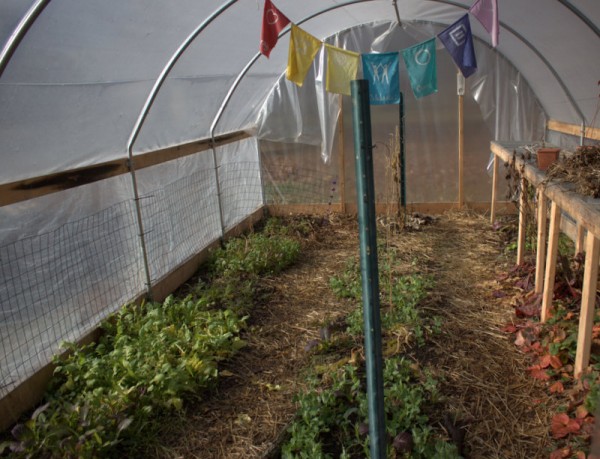
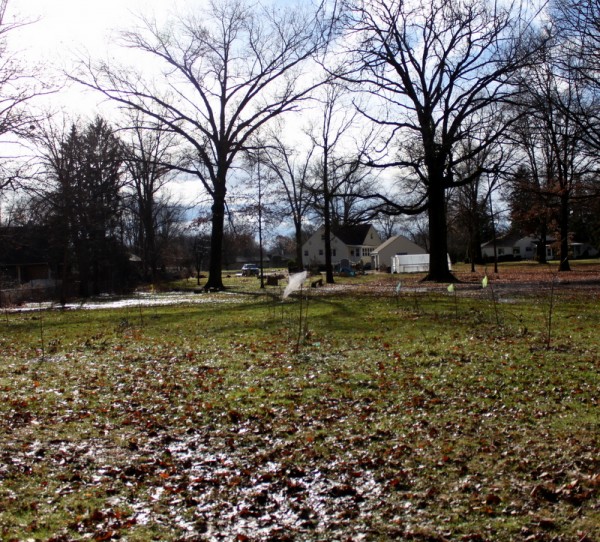
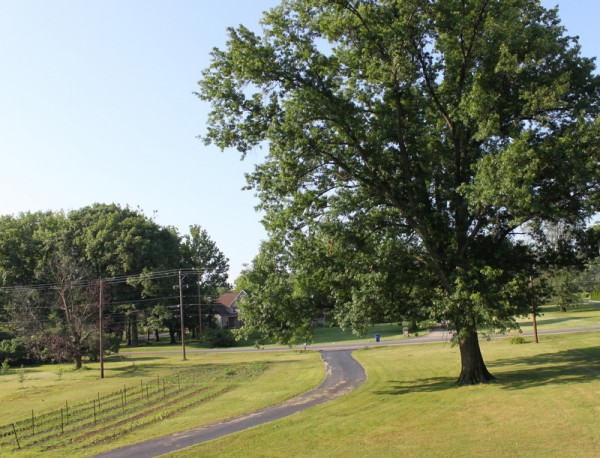
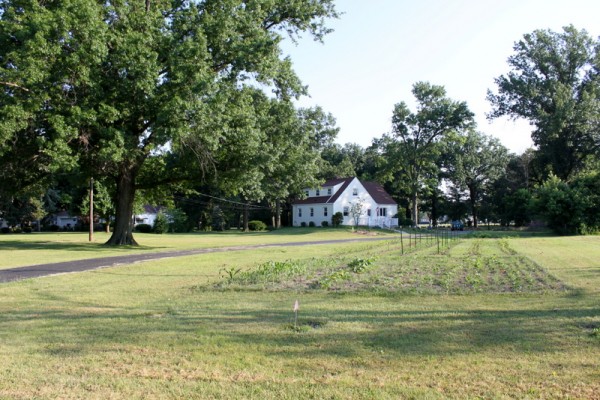
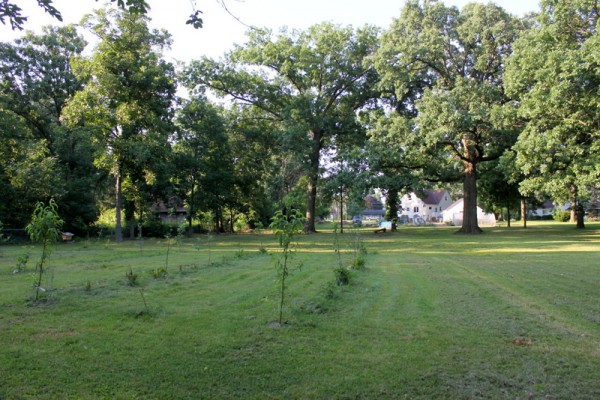
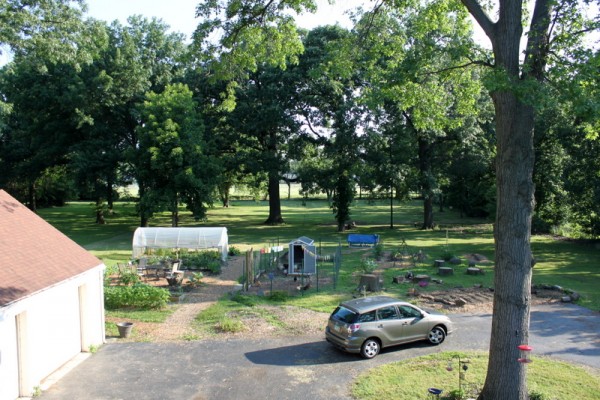
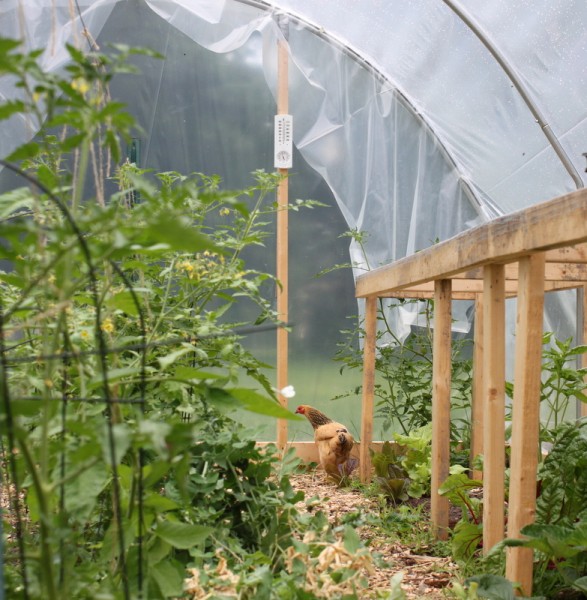











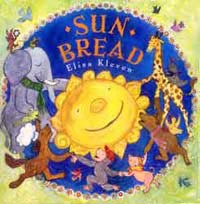
 at one of our
at one of our 
